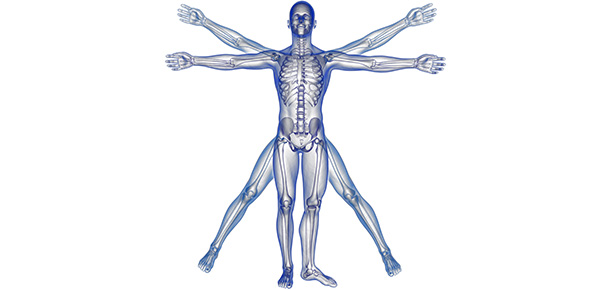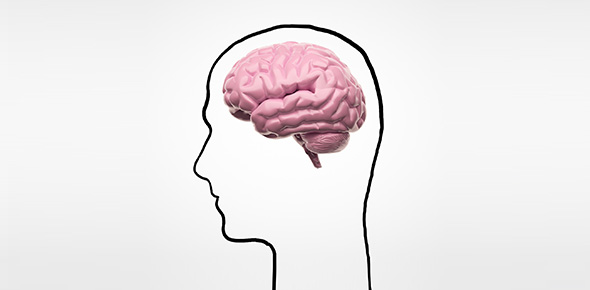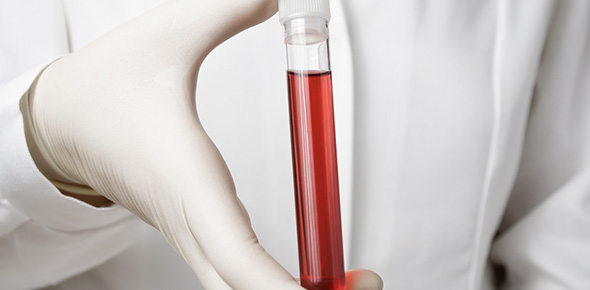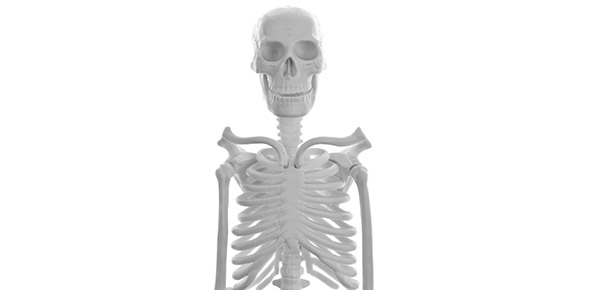Related Flashcards
Related Topics
Cards In This Set
| Front | Back |
|
How do the kidneys regulate plasma osmolality?
|
By regulating urine osmolality (i.e. by forming a dilute or concentrated urine).
|
|
How do you generate a dilute urine?
|
By increasing the reabsorption of salt from the TAL and rest of the nephron. Since this segment of the nephron is impermeable to water movement, reabsorption of salt will leave behind less solute in the tubular fluid, meaning less osmolality (dilute urine).
|
|
What part of the nephron is known as the "diluting segment"?
|
TAL
|
|
T/F. At the end of your thick ascending limb, the fluid in the tubule is dilute/hypoosmotic, regardless of your diuretic state.
|
True. This is because the TAL is impermeable to water, so solutes are reabsorbed but water remains in the tubule lumen, which leads to the formation of a hypoosmotic fluid. Your diuretic state involves ADH hormone, which acts on the nephron distal to the TAL to increase water reabsorption, so it doesn't affect the fluid that is immediately leaving the TAL.
|
|
How is a concentrated urine generated?
|
It results from the reabsorption of H2O from tubule segments that are exposed to a hyperosmotic interstitium.
|
|
What are the 2 requirements for generating a concentrated urine?
|
1. H2O-permeable distal nephron2. hyperosmotic medullary interstitium
|
|
What is the action of antidiuretic hormone (ADH)?
|
Increase water reabsorption in the distal nephron
|
|
What is another name for ADH?
|
Vasopressin
|
|
What stimulates release of ADH?
|
Increases in plasma osmolality.
So if there's a decrease in ECF volume and a subsequent increase in plasma osmolality, there will be an increased release of ADH in order to reabsorb/retain more water and bring the plasma osmolality back down. |
|
What does ADH act on?
|
The cortical collecting duct, OMCD, IMCD - the collecting duct.
|
|
How does ADH work?
|
It binds to a G protein-coupled receptor in the basolateral membrane of principal cells in the late distal tubule and collecting duct. This activates adenylate cyclase, which causes an increase in intracellular cAMP, activating PKA, which phosphorylates and allows for exocytosis of aquaporin-2 to the luminal membrane to increase permeability of these cells to water and increase water reabsorption.
|
|
Describe the water permeability along the nephron in the absence of ADH.
|
PCT = high water permeability (recall: 2/3 water reabsorbed here) due to leaky epithelium and aquaporin-1thin descending limb of LoH = high water permeability due to aquaporin-1thin ascending limb of LoH = impermeable to waterthick ascending limb of LoH = impermeable to waterdistal convoluted tubule = little permeability to waterconnecting tubule = little permeability to watercortical collecting duct = moderate permeability to water due to aquaporin 1medullary collecting duct = impermeable to water
|
|
Describe the water permeability along the nephron in the presence of ADH.
|
PCT = high water permeability due to aquaporin 1 and leaky epitheliumthin descending limb of LoH = high water permeability due to aquaporin 1thin ascending limb of LoH = impermeable to waterthick ascending limb = impermeable to waterdistal convoluted tubule = little permeability to waterconnecting tubule = slightly permeable to water due to aquaporin 2cortical collecting duct = permeable to water due to aquaporin 2medullary collecting duct = permeability to water due to aquaporin 2
|
|
What is the basis of the generation of the hyperosmotic medullary interstitium?
|
It is generated by the passive and active reabsorption of NaCl by the ascending limb, which generates a gradient taht is multiplied by countercurrent flow.
|
|
What are the vasa recta?
|
Hairpin shaped peritubular capillaries that run parallel to the loop of Henle
|








